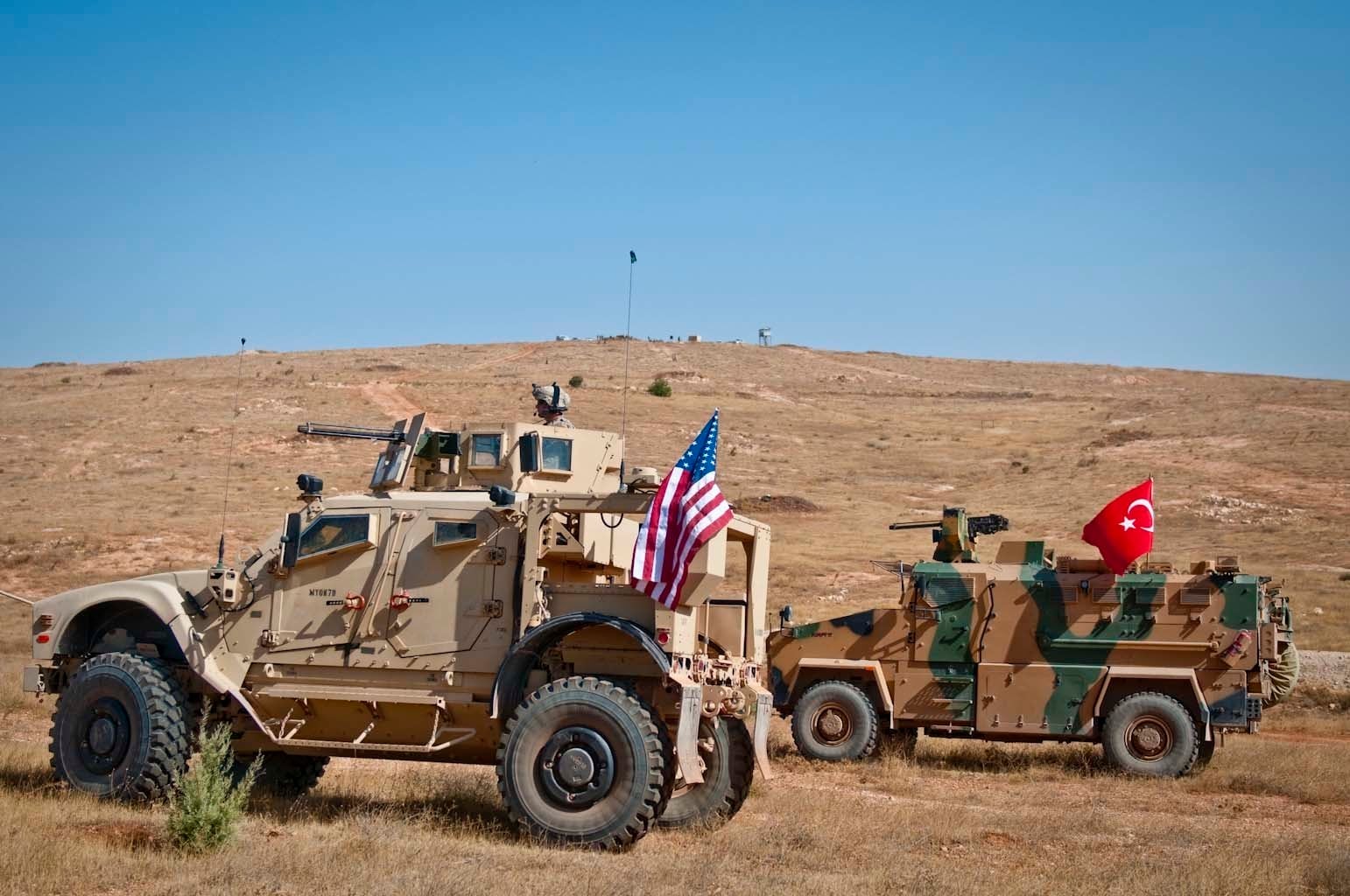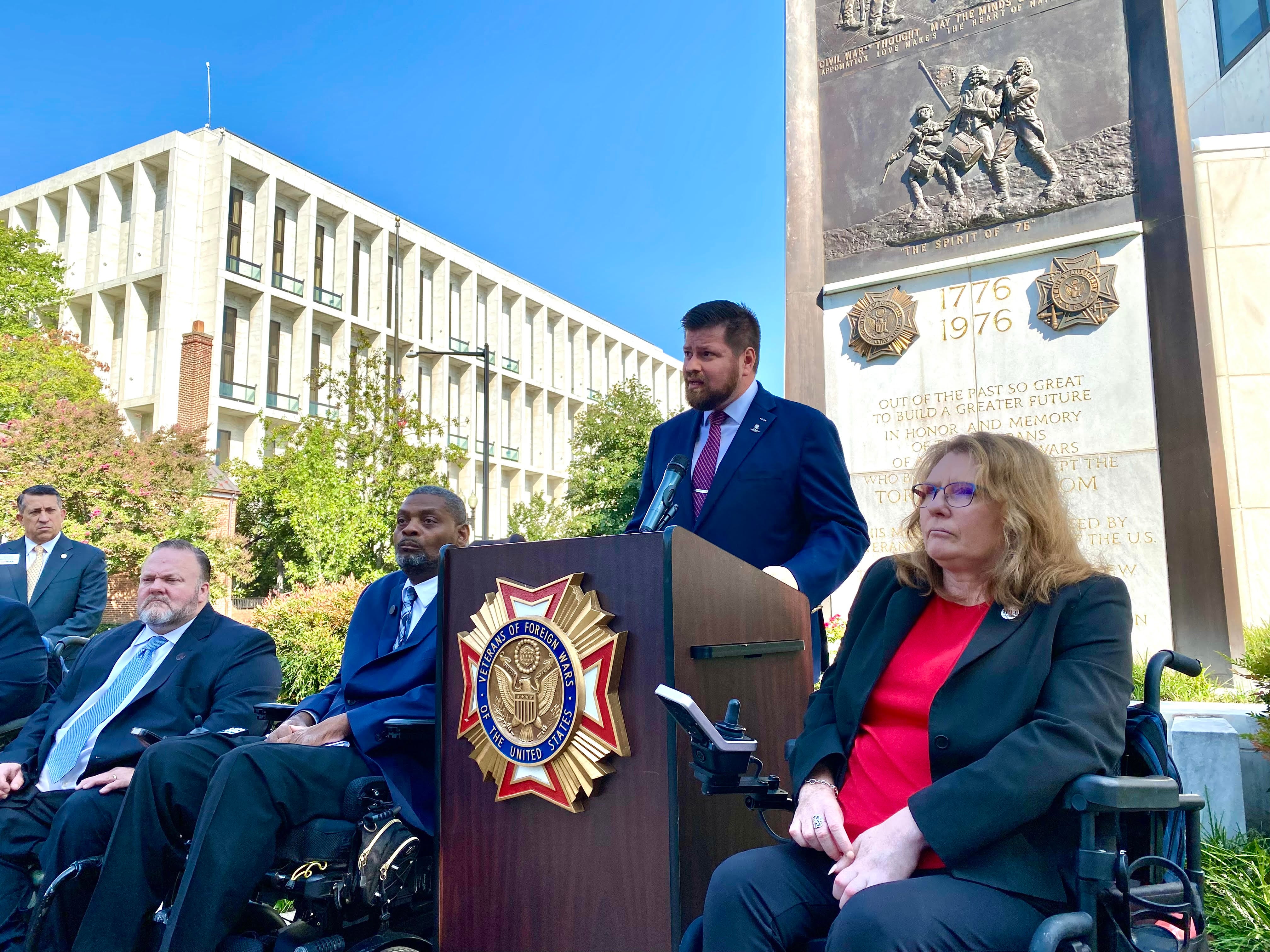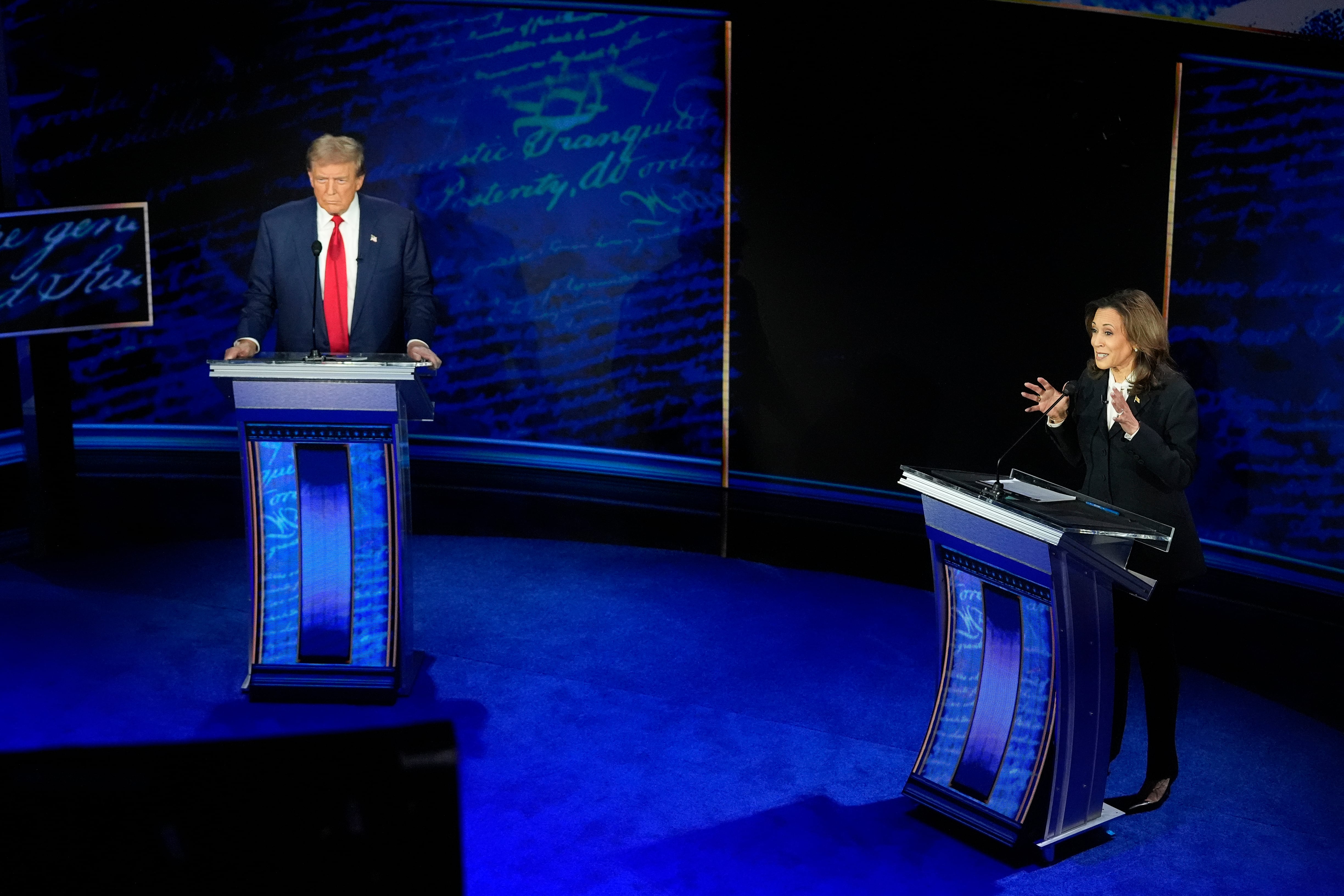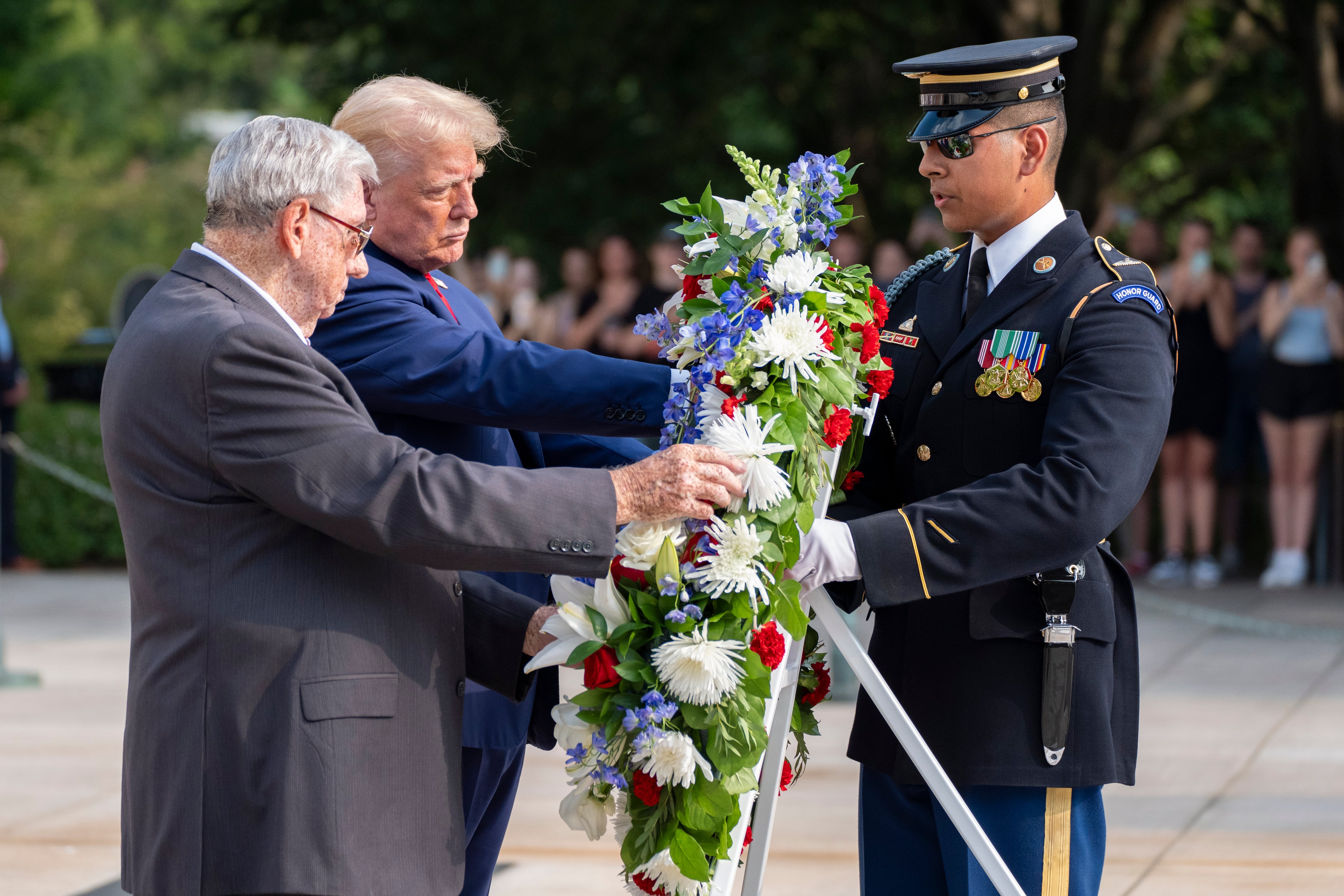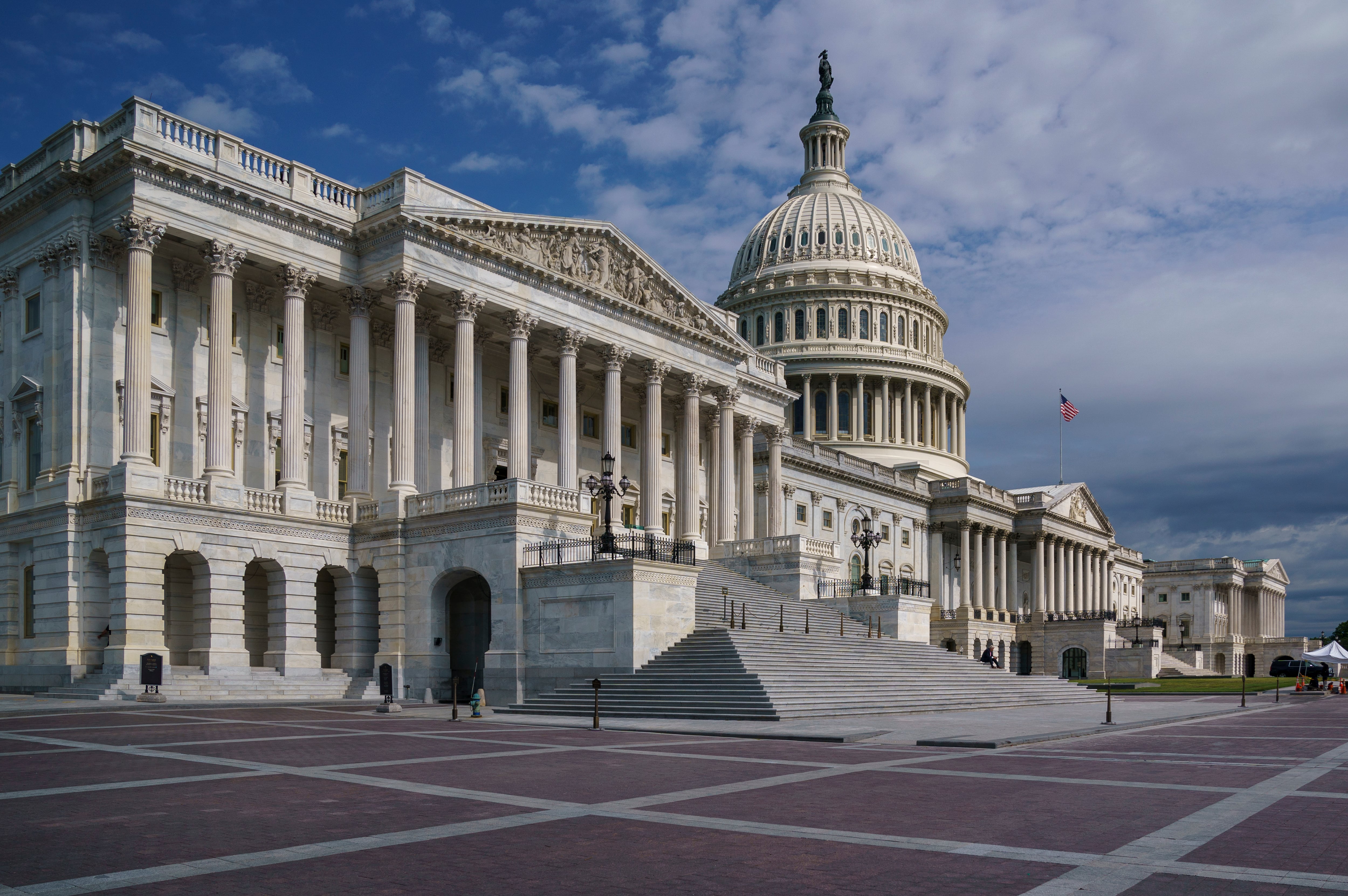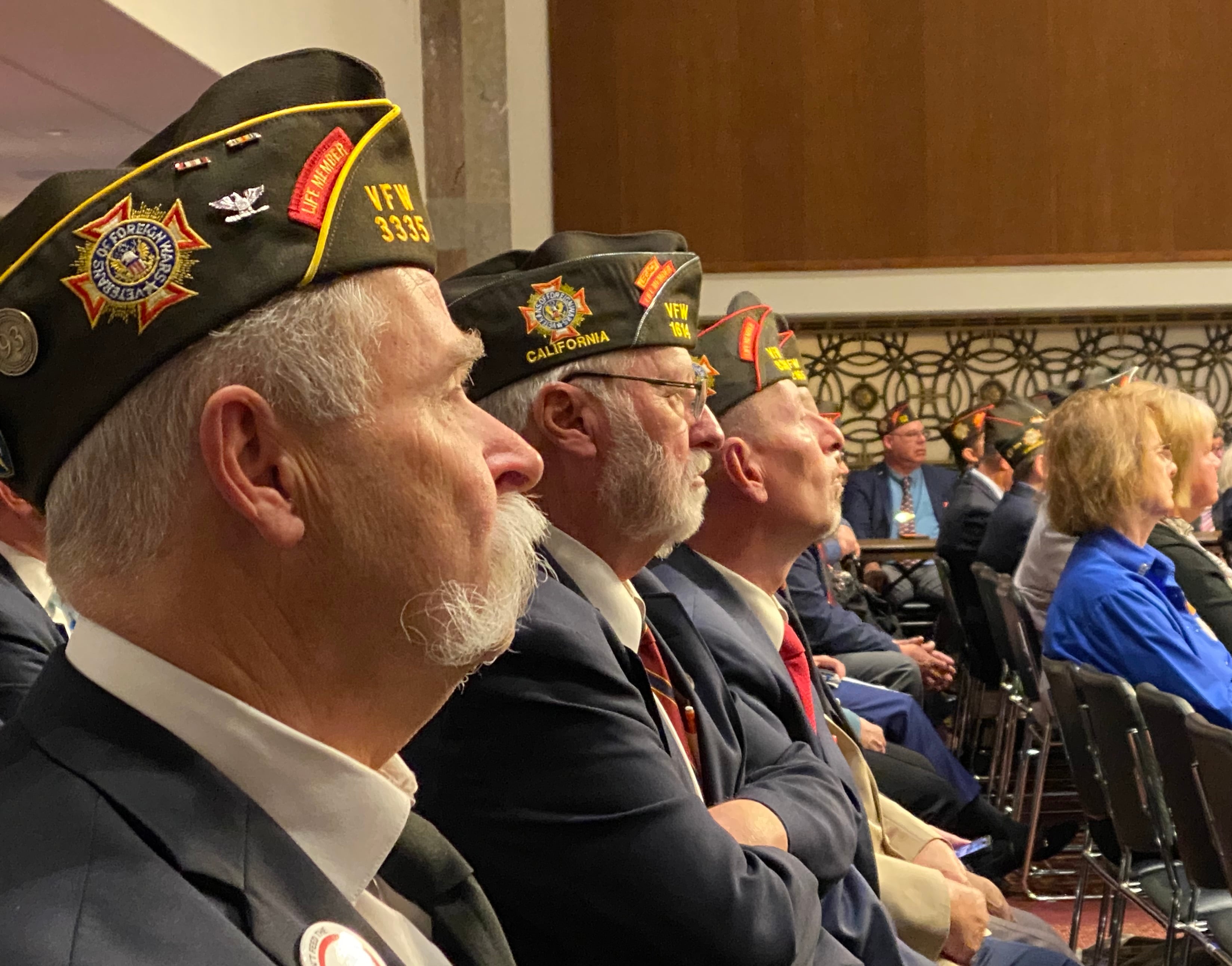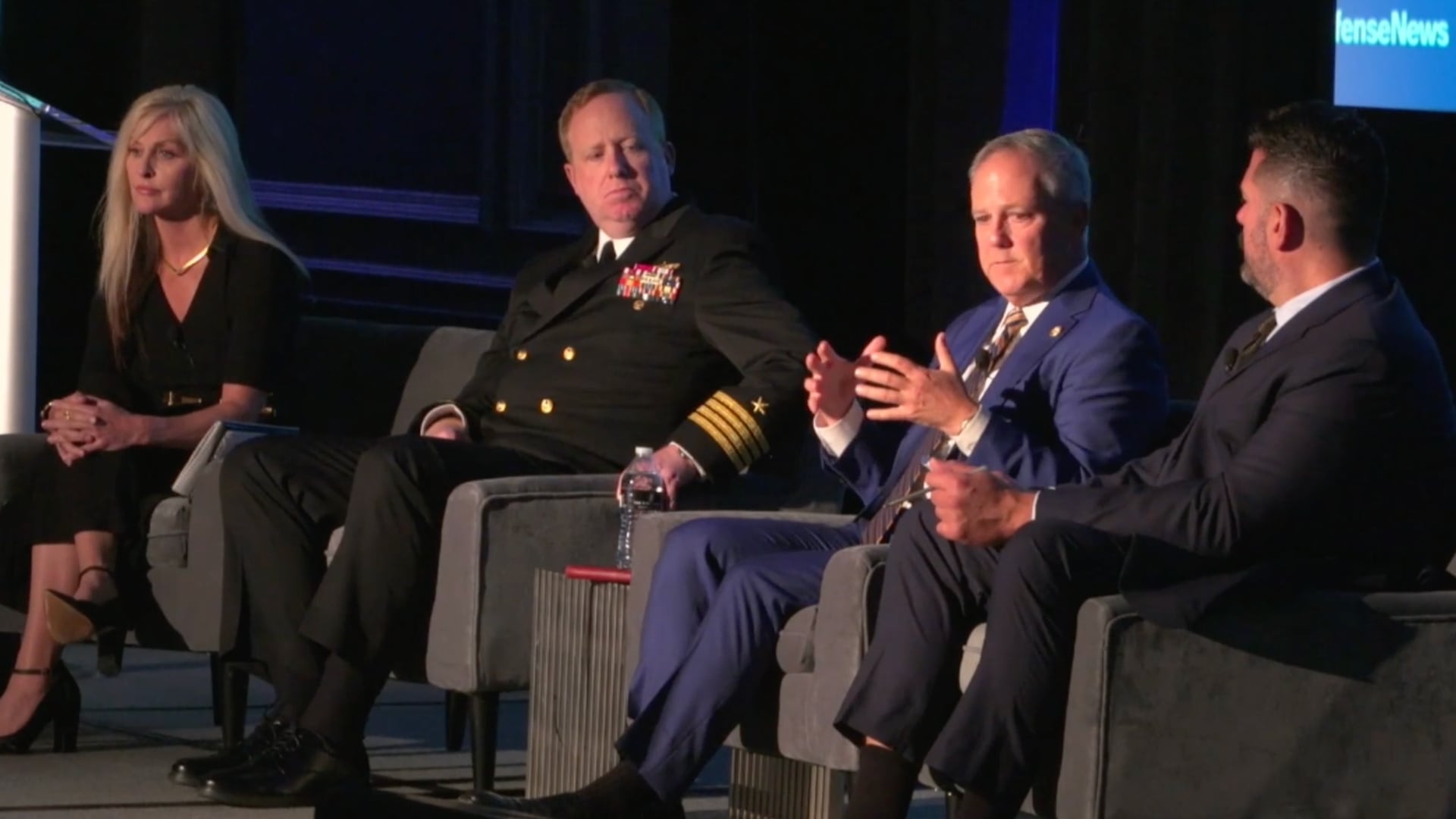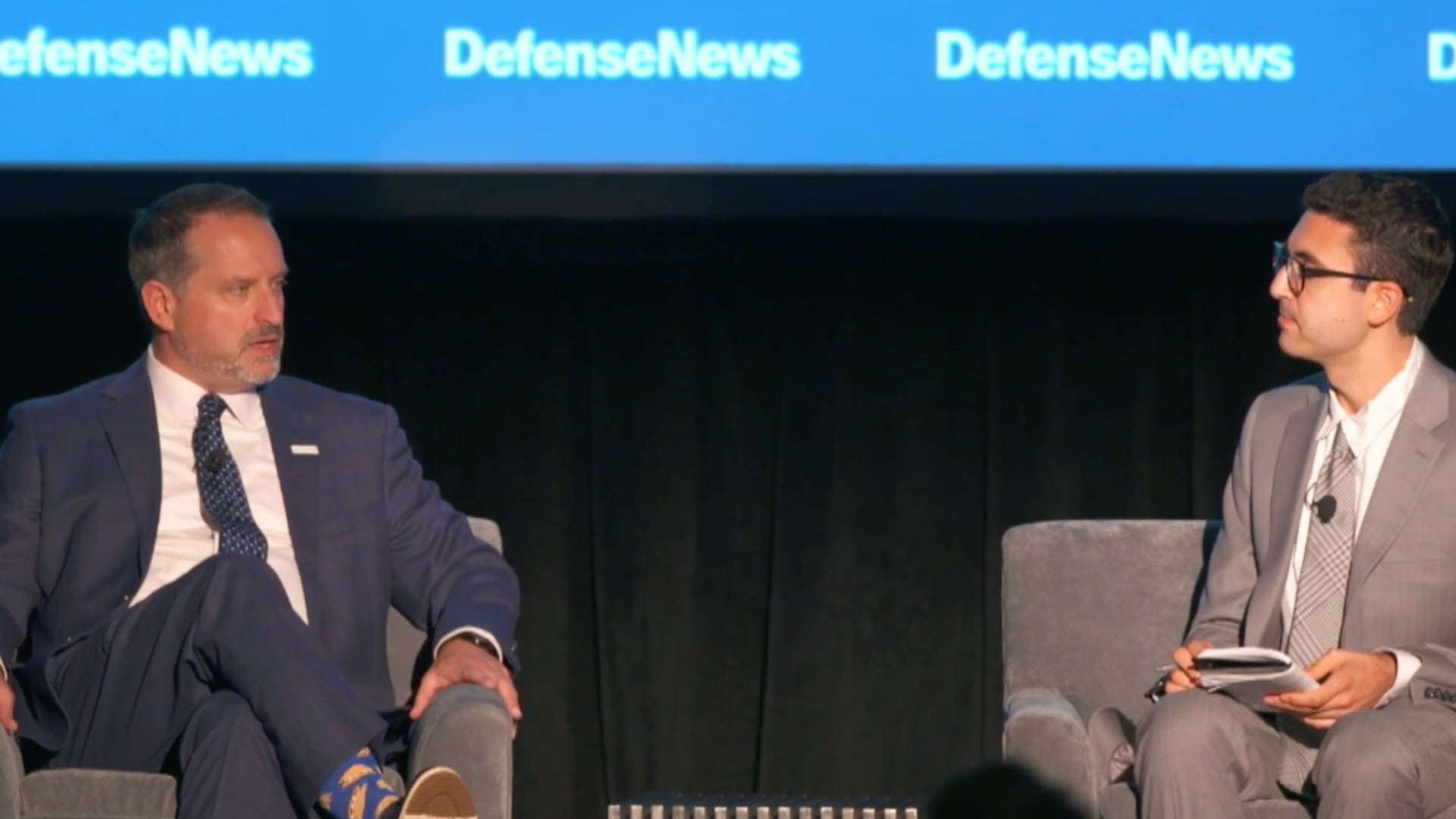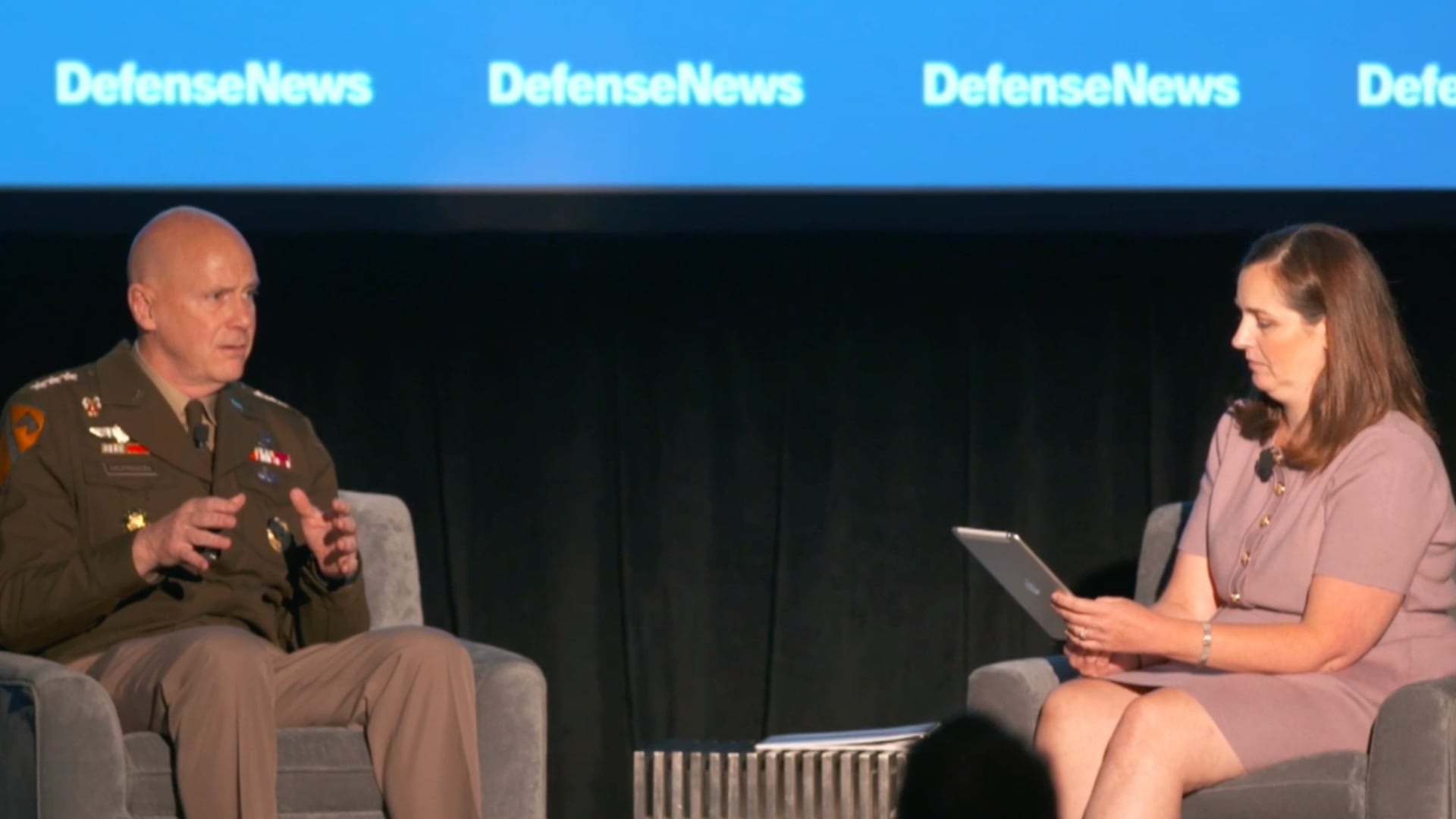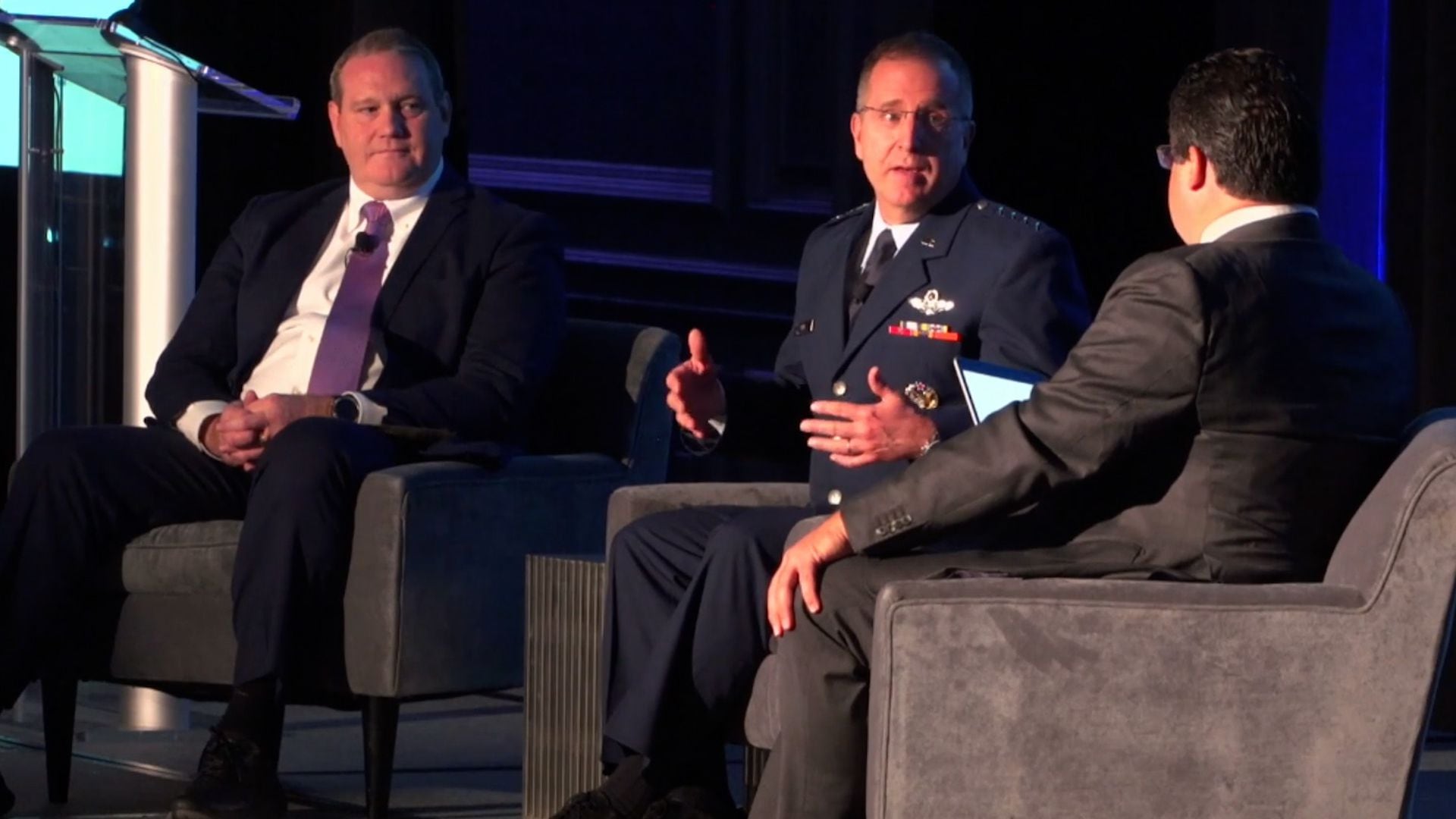At the Munich Security Conference, Acting Defense Secretary Patrick Shanahan met with a dozen of the coalition partner countries contributing troops to the fight against Islamic State in Iraq and Syria.
Following the meeting, a senior defense official supporting the talks met with reporters to discuss where things stand. Here’s what you should know:
1.) The U.S. is really leaving.
Among discussions with coalition members, “it’s just sort of taken as a given at this point. The conversation was much more about, ‘What do we do when the United States withdraws, less fighting the proposition of it, at this stage. We are very clear in all of these discussions from Secretary Shanahan on down. We have an order from the president. We are withdrawing. Period. Dot. That’s it.”
2.) Coalition members have not promised to fill the gaps.
There were no promises made, “no specific commitments from any of the countries either that they would stay, or that they would leave. Keep in mind that many of these countries don’t actually have troops on the ground in Syria. All of them have some presence in Iraq.”
Some allies, such as the French, have been pretty clear that they will not keep forces on the ground if the U.S. troops depart, the official said.
RELATED
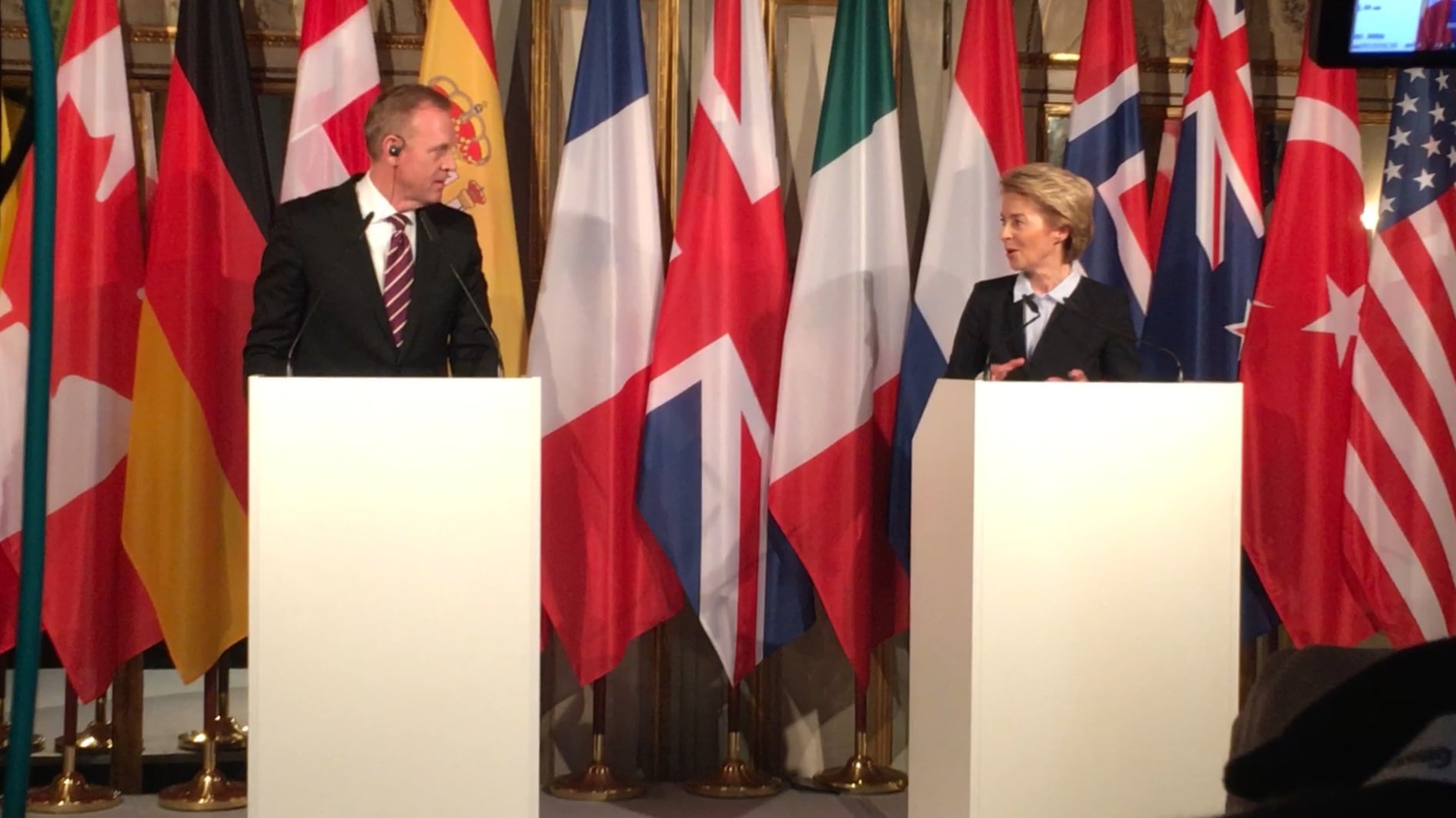
3.) Those U.S.-supplied weapons may not be returned.
“Everything we have provided to the SDF [Syrian Democratic Forces] has been for the D-ISIS mission. Most of the heavy equipment and weapons we have provided have actually been destroyed and rendered inoperable because of that hard fight. There’s no plans to provide them weapons of any sort for purposes of just their survival.”
So is the U.S. collecting the weapons?
“We’ve made commitments to the Turks at times to do that, if possible, but it’s going to be a military decision.”
4.) There is a general withdrawal timeframe.
“This is going to be a deliberate withdrawal, and there’s a timeline associated with that. It’s conditions-based … It’ll be here in months, not weeks and not years. But there actually wasn’t much discussion about a specific date.”
5.) There will be some type of safe zone.
“We know there’s going to have to be some kind of security arrangement in northeast Syria when we depart. Because we do play a role there helping to guarantee aspects of the stability. So I think there was a discussion about things that are in the coalition’s interest, [such as] how is Turkish security protected? At the same time, how do we hew carefully to the sense of, in many respects, moral responsibility owed to the Syrian Democratic Forces? That was a point of discussion. I think many of the ministers recognize the degree to which the SDF has actually done the fighting and dying, and they feel a sense of obligation to just not turn our backs.”
6.) There might be an observer force, or something like it.
“I think in order for a zone to work, you have to have certain ability to observe and enforce. But this was not military planning; this wasn’t the sort of arrangement of ministers where we would talk specifics.”
“I think there’s a tremendous desire to have a security arrangement or mechanism that doesn’t result in a security vacuum. What that is, I think, is still being developed. And frankly, it’s an area where ministers have different views heavily colored by their existing commitments. So those that have invested in Iraq think of protecting Iraq first. Those that are in Syria, I think, are carefully looking at what the U.S. is going to be able to do and probably making their own decisions as a result.”
7.) Some U.S. airpower may remain to support a safe zone or future coalition activities.
“As we think of options on the table, tools we might have, those haven’t been ruled out. But I also can’t rule them in from a military perspective or a legal perspective.”
8.) The captured foreign fighter problem is a top priority.
The topic “comes up every time we have a conversation,” the official said, noting that approximately 800 foreign ISIS fighters from about 40 different countries have been captured in Syria.
9.) Are they headed to Guantanamo?
“It’s not at the top of our list.”
10.) Whether and how many U.S. troops will go from Syria to Iraq is undecided — and politically tricky.
“We’re aware of that [hesitation/political sensitivities.] One of the guiding principles as we look towards our continued troop presence in Iraq is not seeing a situation that complicates an already hard Iraqi situation. So we’re very aware of that. That said, I don’t think there’s ever been a plan to take every single last boot that’s on the ground in Syria. So some of this might be crafting a false narrative.”
Tara Copp is a Pentagon correspondent for the Associated Press. She was previously Pentagon bureau chief for Sightline Media Group.
